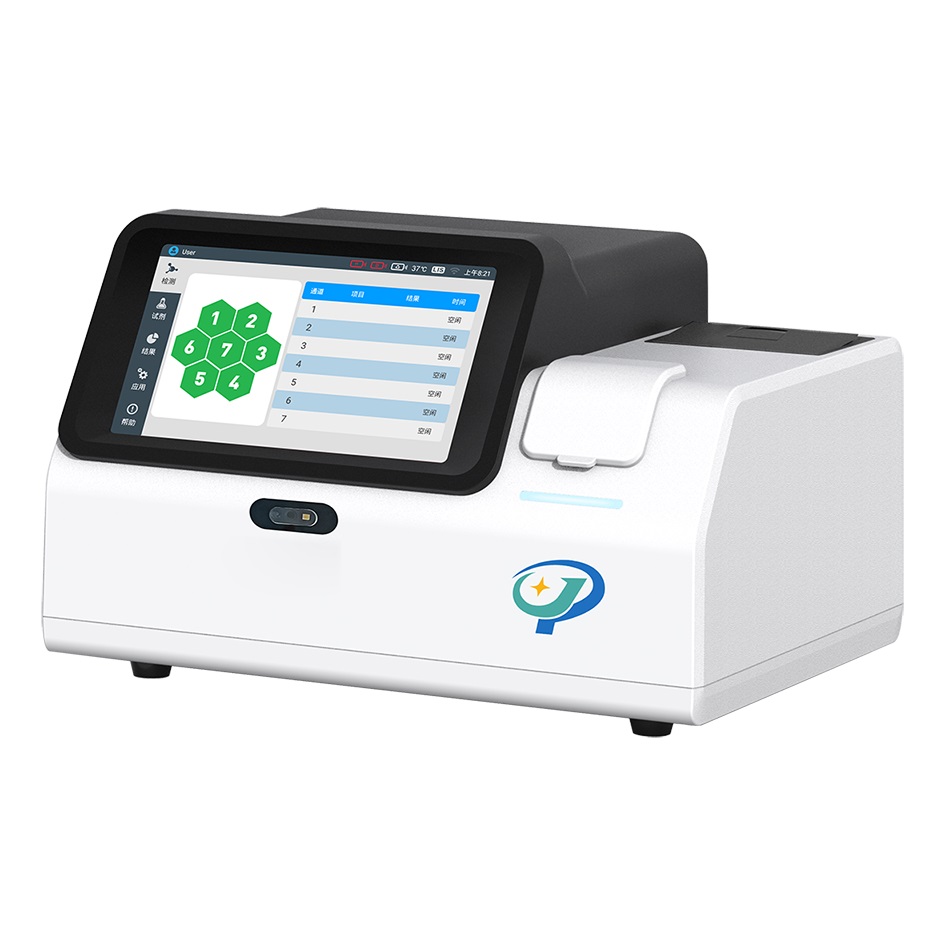Pre-eclampsia
What is Pre-eclampsia?
Preeclampsia is a pregnancy-related condition characterized by extensive endothelial dysfunction and vasospasm, typically manifesting after 20 weeks of gestation and occasionally extending up to 4-6 weeks after childbirth. Clinically, it is identified by the onset of hypertension and proteinuria, with or without severe complications (Medscape, 2022).
Early signs and symptoms
Initially, pre-eclampsia can cause high blood pressure and protein in urine.
As it progresses, it may cause further symptoms:
- Severe headaches
- Vision problems, such as blurring or seeing flashing lights.
- Pain just below the ribs
- Vomiting
- Sudden swelling of the feet, face and hands
The significance of the sFlt-1/PIGF test for pre-eclampsia
The occurrence of preeclampsia is due to placental release of vascular growth factors, leading to endothelial dysfunction. Serum concentrations of PlGF and sFlt-1 change in women with preeclampsia. Additionally, levels of PlGF and sFlt-1 in the bloodstream can differentiate between normal pregnancy and preeclampsia before clinical symptoms appear.
In normal pregnancy, PlGF levels increase during the first six months and gradually decrease as pregnancy progresses. Conversely, levels of the anti-angiogenic factor sFlt-1 remain stable during early and mid-pregnancy until the end of pregnancy, when they rise steadily. Women with preeclampsia have higher levels of sFlt-1 and lower levels of PlGF compared to normal pregnancy. Determining the ratio of sFlt-1 to PlGF is more valuable than individually measuring sFlt-1 or PlGF.
Therefore, the triple test for preeclampsia can be used for in vitro quantitative detection of PlGF and sFlt-1 concentrations in human serum. Combined with the ratio of sFlt-1 to PlGF and clinical information, it can assist in diagnosing preeclampsia, assessing disease severity, allowing pregnant women to receive appropriate treatment more quickly, or reducing unnecessary worries.
Why choose Poclight?
Dry Micro Chemiluminescence Immunoassay Analyzer:
C5000

New era of POCT CLIA analyzer
Features:
Time to results: 5~15 mins
Loading capacity: 7 tests at one time
Sample types: Whole blood, Serum, Plasma, etc.
Principle: CERT Homogeneous CLIA
Dimensions: 325*231*213 mm
Communication: LIS/HIS/5G transmission
Reference
Shah, A. k., Steinberg, G., & Talavera, F., et.al (2023, June 30). Preeclampsia. Practice Essentials, Overview, Pathophysiology. https://emedicine.medscape.com/article/1476919-overview

 English
English français
français русский
русский español
español português
português العربية
العربية 日本語
日本語 Türkçe
Türkçe हिंदी
हिंदी Indonesia
Indonesia 







 IPv6 network supported |
IPv6 network supported | 